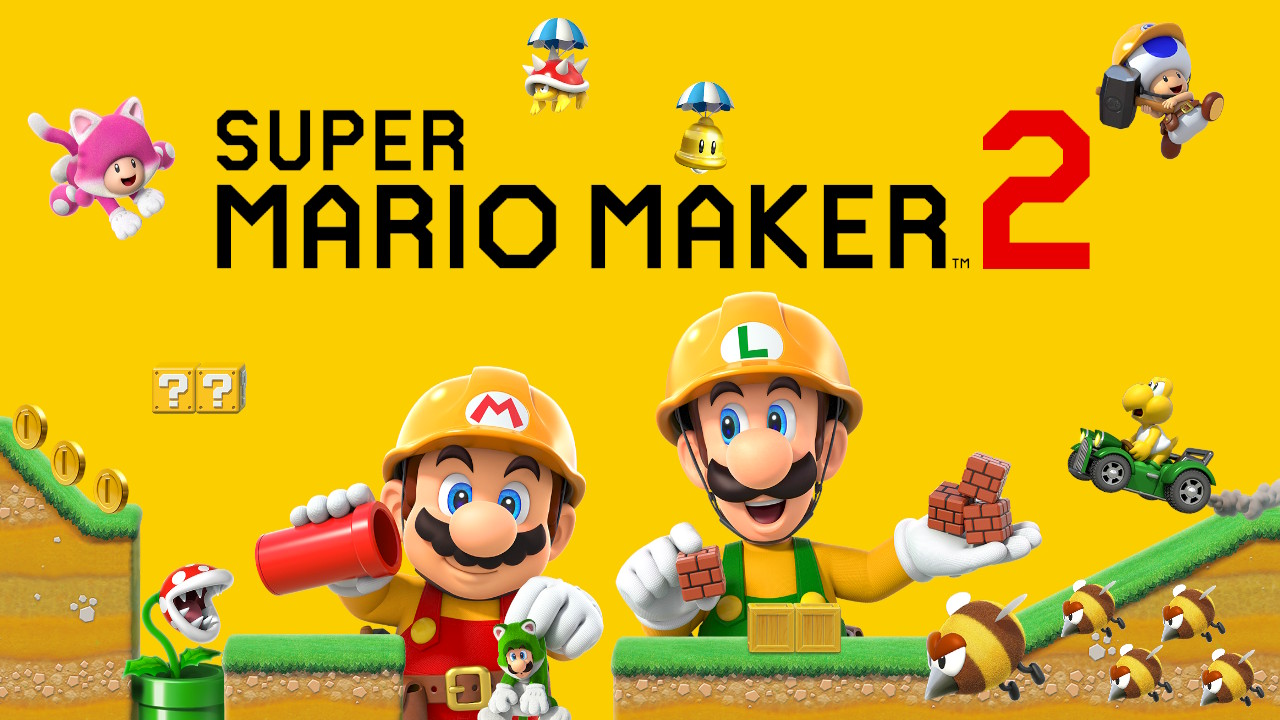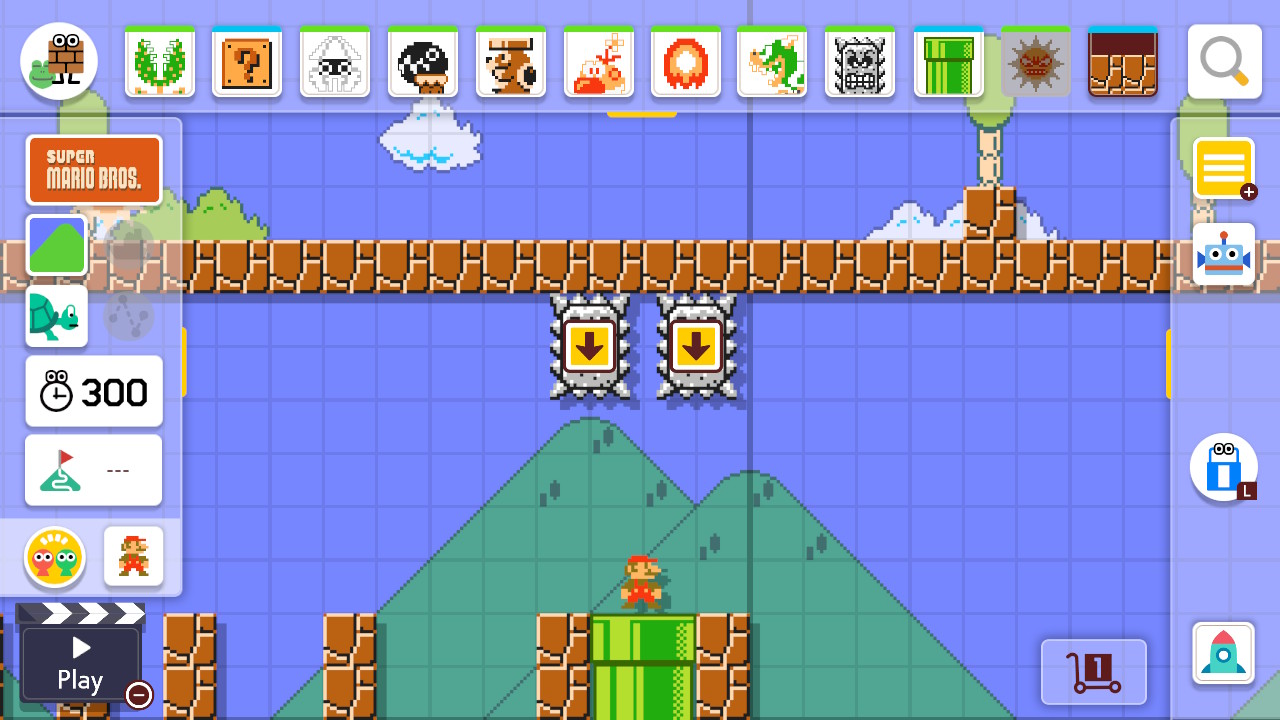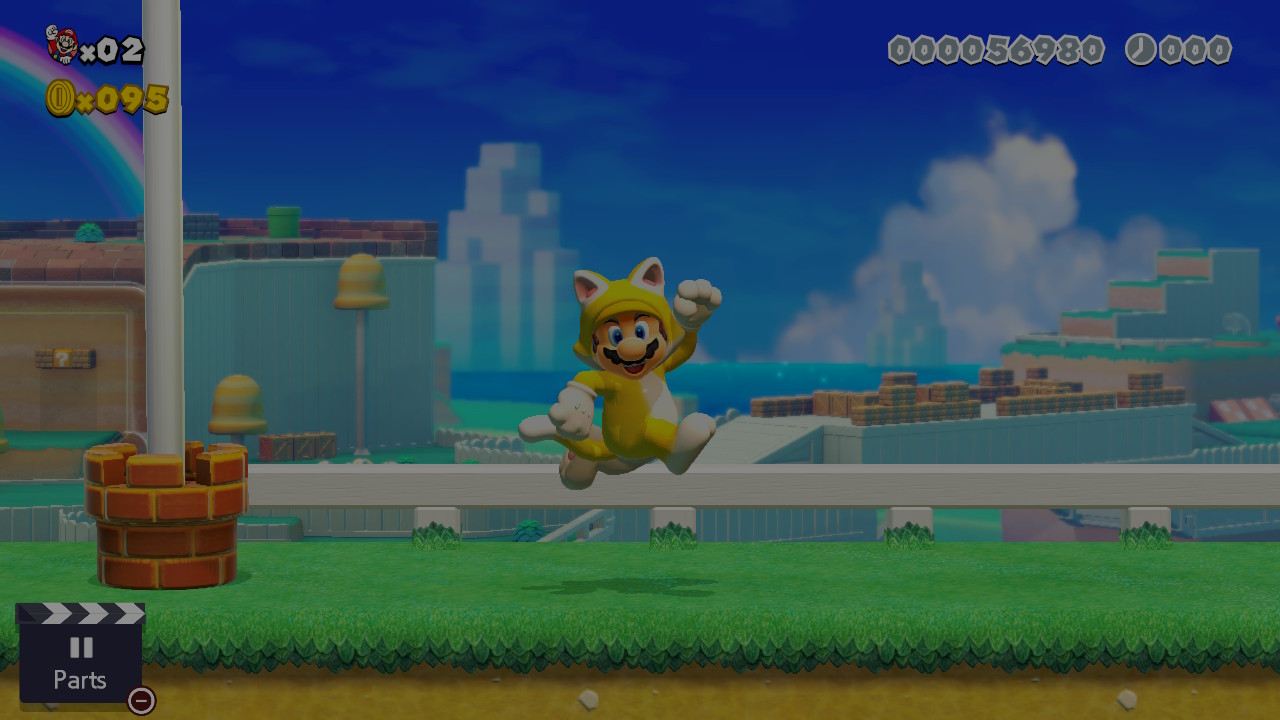How to make a Super Mario Maker level that's actually fun
Shake that Mario Maker

Don’t let anyone tell you otherwise: level design is hard. Making sure a game feels fun and fresh for a player, while getting the difficulty just right, is a skill designers spend their lives crafting, even for seemingly simple games. But with the advent of Super Mario Maker 2, some of their tools are now at your disposal.
Few people haven’t played, or at least seen, a Mario level in action. Jumping on Goombas, knocking coins out of blocks, running side to side: the inputs are simple, but the gameplay has endured for decades. When the first Mario Maker game launched in 2015, it provided a way to start constructing your very own Mario levels, and put your own stamp on a classic franchise – or just do tribute in the company’s own style.
Super Mario Maker 2 has brought the level editor to Nintendo Switch, honing in on a single screen (compared to the first game’s dual-screen setup on Wii U and 3DS) and giving you a lot more tools to play with from the get go. But what to do with them?
To get an idea of where to start, and how to make a level actually worth sharing with Super Mario Maker 2’s online community, we turned to Chris Totten (@Totter87), an award-winning game designer and author of An Architectural Approach to Level Design.
So I'm seeing a lot of #MarioMaker2 fans asking for advice on #LevelDesign and I thought I could help! Here's a thread on level design tips in Mario Maker, from a guy who wrote a book on level design.Keep in mind that some of these tips work in both 2D and 3D! pic.twitter.com/WyGZP31hTSJuly 1, 2019
Totten has a full Twitter thread on the basic blocks of level design (just click on the tweet above to see it all), but if you’re looking for the next level of insight, you can read our interview below. Given our first few attempts at level creation, we think we're going to need all the help we can get...
TR: How do the tools in Super Mario Maker compare to those used by developers?
CT: "When I got the first Mario Maker I immediately thought, 'holy cow, this is like work!'"
The tools in Mario Maker are a nice dip into game making. You don't have the flexibility of a full engine (I can't change how a Koopa Troopa behaves or how far Mario jumps) but it's enough to make you think about game design. It's like old Doom or Quake modding, in that you're making your own content over a pre-made system, and that's how a lot of professionals got their start.
Get daily insight, inspiration and deals in your inbox
Sign up for breaking news, reviews, opinion, top tech deals, and more.
The next step up is a system like Little Big Planet that lets you dig more into the systems of things and then into more fully-featured game engines like Game Maker, Unity, Construct, etc."

TR: What's the most important thing to do when setting out to design a level?
CT: The most important thing is the player experience. What experience are you trying to create for a person? Remember that you can't be next to everyone that plays your levels or games, telling them what to do – so you should make something that delivers the experience you want when you are not physically next to it.
TR: What are the common pitfalls of early designers?
CT: There are a few. First is that people think that difficulty = quality, so they put in things to purposefully trip up players (invisible blocks that block progress, enemies off screen, etc). Don't do it: it will just make people not want to play your game.

Second is that new designers (and even veterans) design to their own skill instead of a player picking up their game for the first time. There's that scene in Tron where Jeff Bridges wins all the games in the arcade because he was secretly the person that made them – that's you! You're too good at your own game, so you need to test it on people who haven't played before to find the right difficulty.
Third is that designers don't playtest enough, and tend to keep their work secret. Showing in-progress things to players helps you make it better before you release it. Even if you do release it and it's bad, you still released it and learned. Lots of us who have made games have released bad or unpopular games, but the experience of releasing was still meaningful and educational. Don't give up – keep making!
Chris Totten is a level designer, animator and project manager at indie developer Pie For Breakfast Studios. Check out his tweets at @Totter87 or his book, An Architectural Approach to Level Design, on Amazon.
- Uploading your first level? You'll need a Nintendo Switch Online subscription first
- Or take a look at some Nintendo Switch micro SD cards for storing more digital games
Henry is a freelance technology journalist, and former News & Features Editor for TechRadar, where he specialized in home entertainment gadgets such as TVs, projectors, soundbars, and smart speakers. Other bylines include Edge, T3, iMore, GamesRadar, NBC News, Healthline, and The Times.
